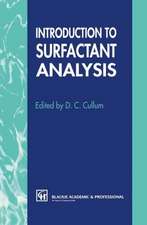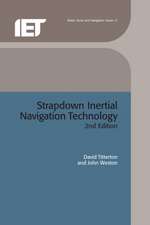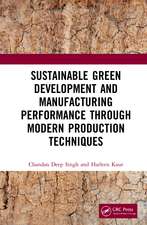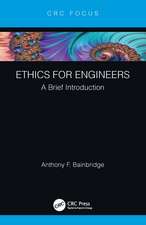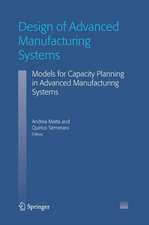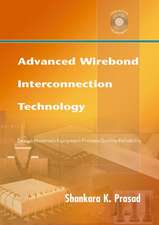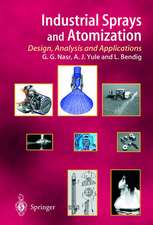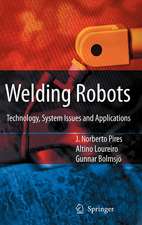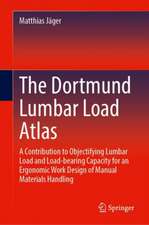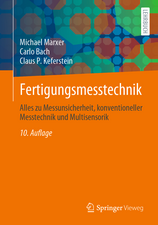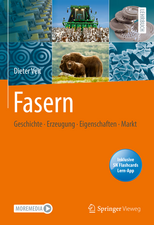Advanced Welding Systems: 1 Fundamentals of Fusion Welding Technology
Autor Jean Cornu Traducere de Sue Greener Editat de John Westonen Limba Engleză Paperback – 12 iul 2013
Preț: 380.25 lei
Nou
Puncte Express: 570
Preț estimativ în valută:
72.78€ • 79.09$ • 61.18£
72.78€ • 79.09$ • 61.18£
Carte tipărită la comandă
Livrare economică 21 aprilie-05 mai
Preluare comenzi: 021 569.72.76
Specificații
ISBN-13: 9783662110515
ISBN-10: 3662110512
Pagini: 160
Ilustrații: XIII, 141 p. 78 illus.
Dimensiuni: 155 x 235 x 8 mm
Greutate: 0.23 kg
Ediția:Softcover reprint of the original 1st ed. 1988
Editura: Springer Berlin, Heidelberg
Colecția Springer
Locul publicării:Berlin, Heidelberg, Germany
ISBN-10: 3662110512
Pagini: 160
Ilustrații: XIII, 141 p. 78 illus.
Dimensiuni: 155 x 235 x 8 mm
Greutate: 0.23 kg
Ediția:Softcover reprint of the original 1st ed. 1988
Editura: Springer Berlin, Heidelberg
Colecția Springer
Locul publicării:Berlin, Heidelberg, Germany
Public țintă
ResearchDescriere
HE ORIGINS of welding are buried in the depths of antiquity, T commencing with the forging of native gold and copper, progressing in the bronze age with the braze welding of castings, but not developing greatly until relatively recently. It has been this century, and the latter half in particular, that welding has developed to the stage where there are more than 100 variants. Furthermore, joining by welding has become such an efficient technique that much of our modem way oflife would not be possible without it. The giant oil rigs, built to withstand the rigours of the North Sea, the minute wire connectors in the computer and transistor, and the automobile and truck, could not exist were it not for welding processes. Originally a uniquely manual process, the needs of industry have this century required welding techniques which could be mechanised. Some processes, such as friction welding, were readily mechanised but the most flexible and adaptable fusion processes awaited develop ments which allowed a continuous wire to be rapidly fed into the fusion zone. These processes, such as MAG and submerged arc, rapidly gave rise to machines for welding, with many appearing before the Second World War.
Cuprins
One — Historical development of welding.- Two Basic definitions in welding.- Three — Welding assembly technology.- Four— Metallurgical concepts.- Five — Mechanical testing of welds.- Six — Weldability.- Seven — Heat treatment of welded structures.- Eight — Shrinkage and distortion.- Nine— Welding safety.- Bibliography/Further Reading/References.


